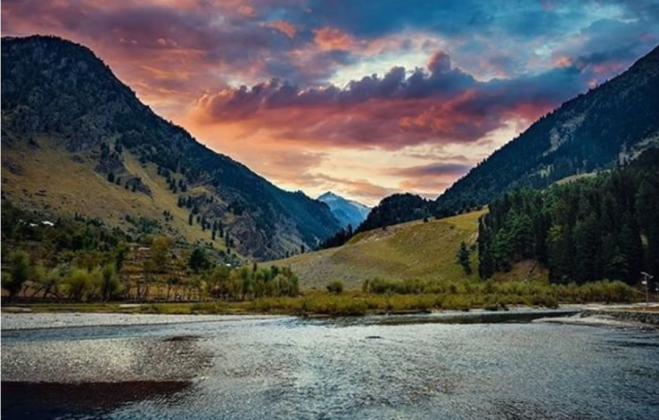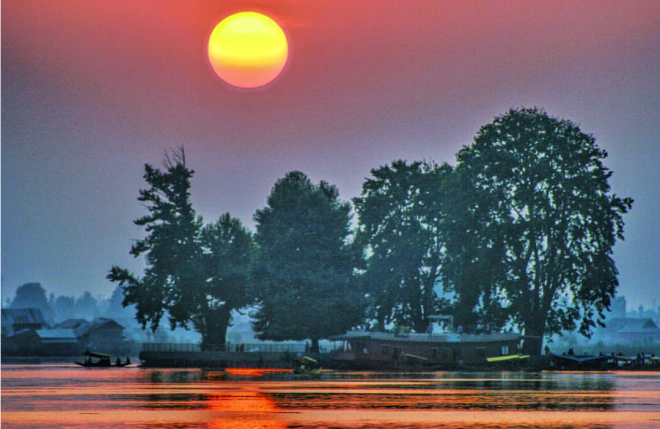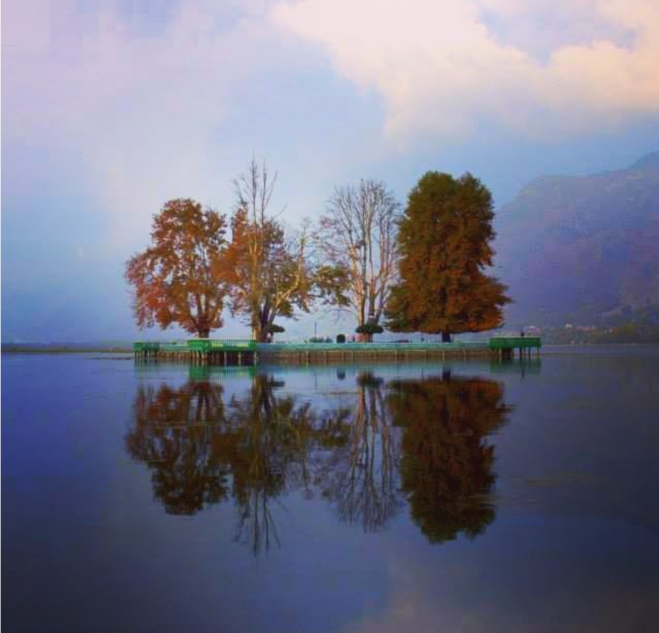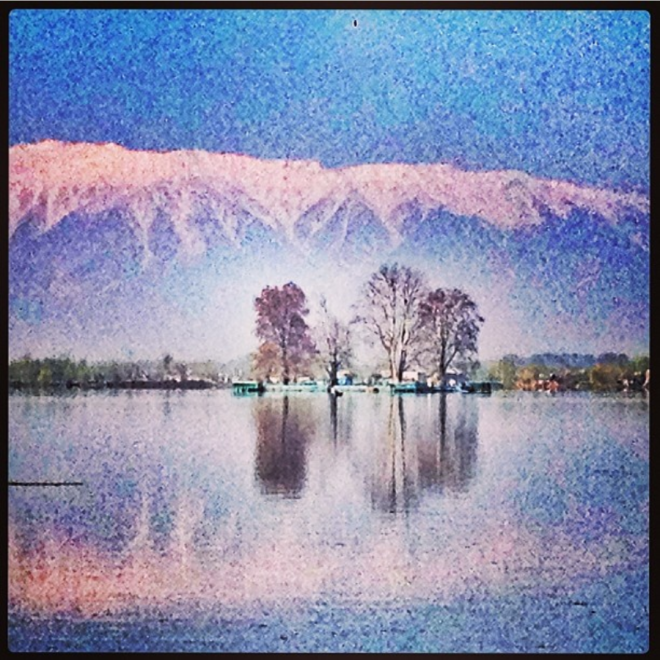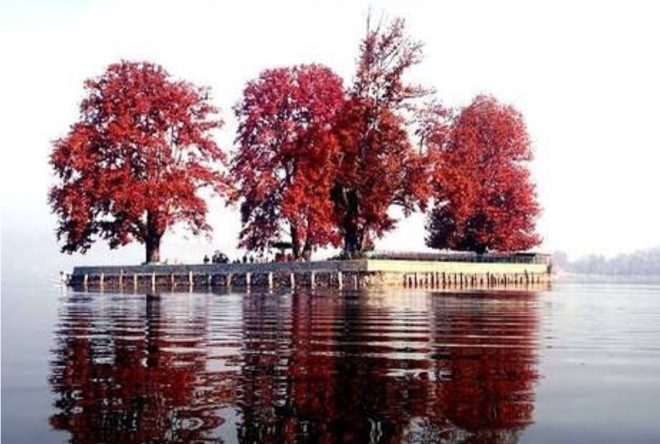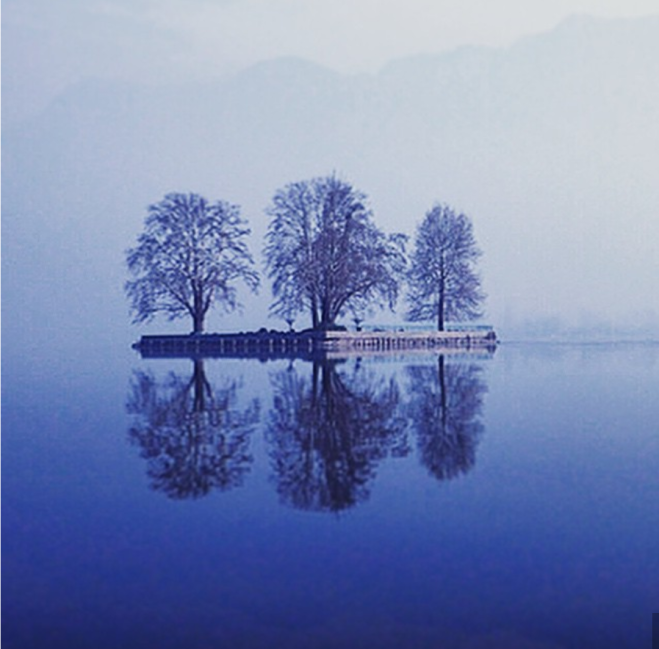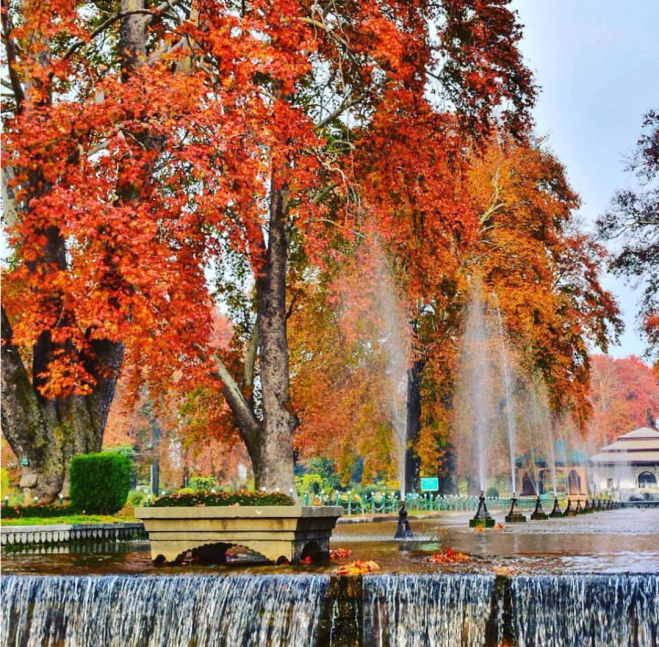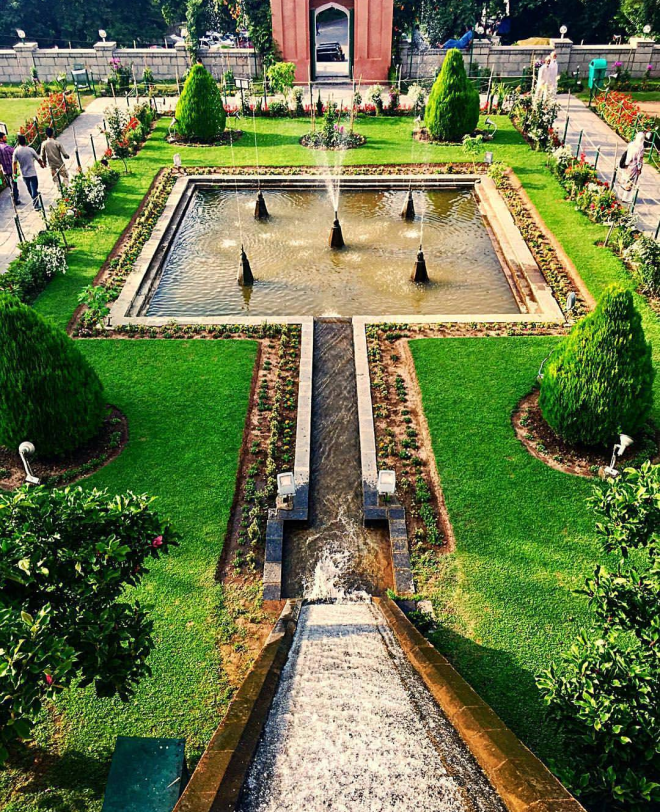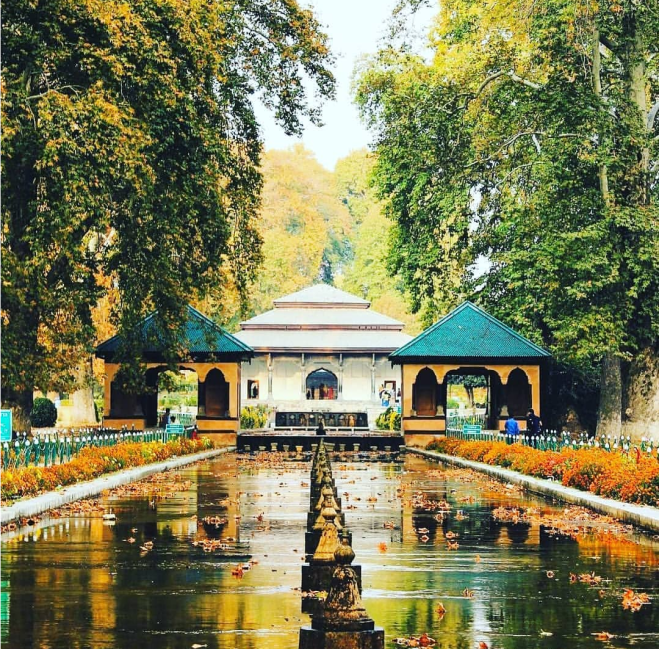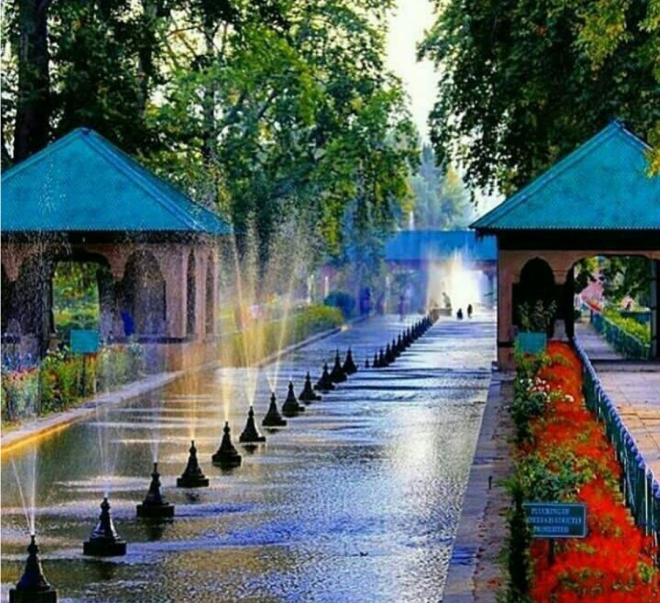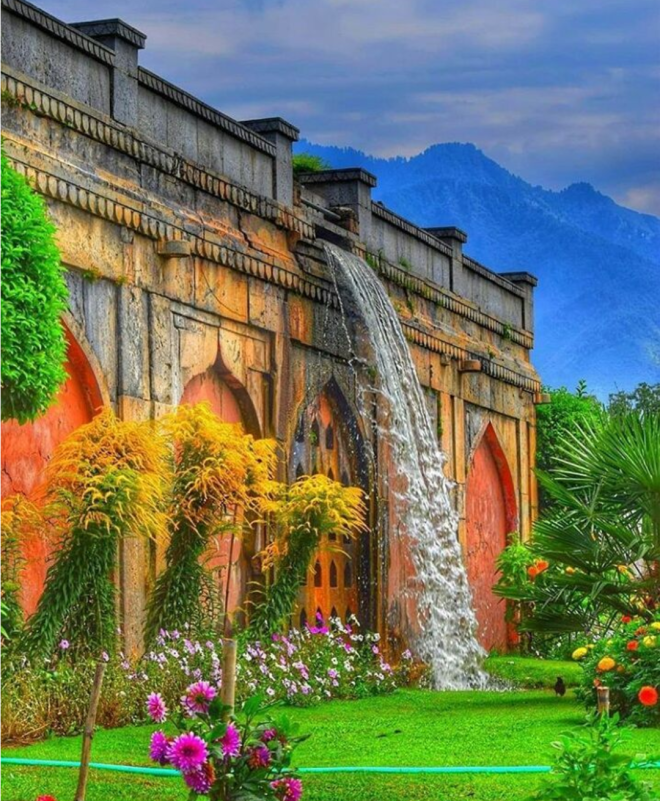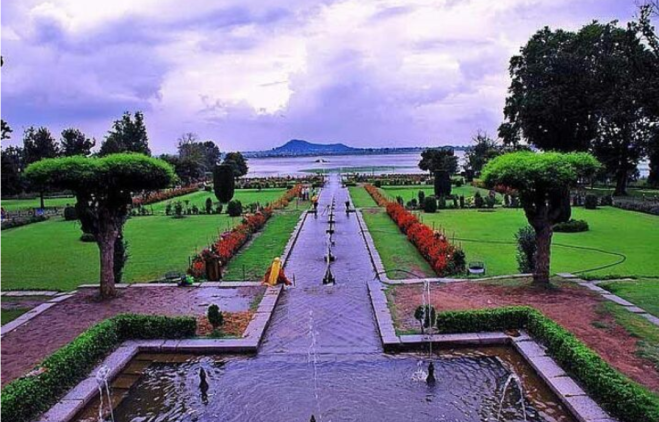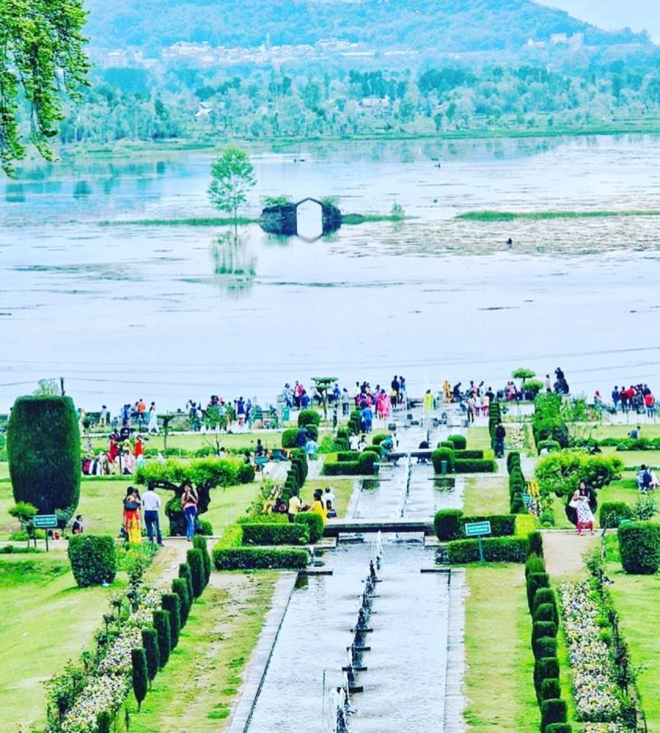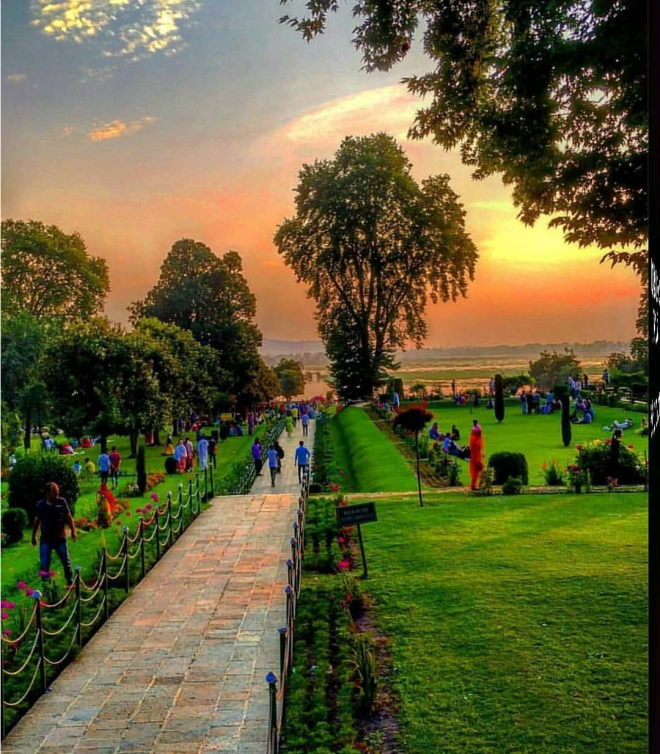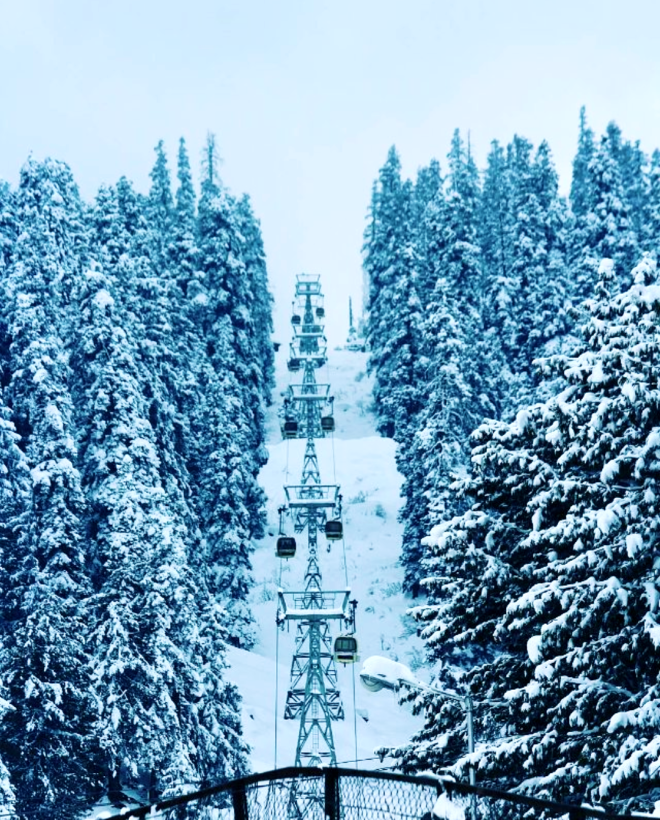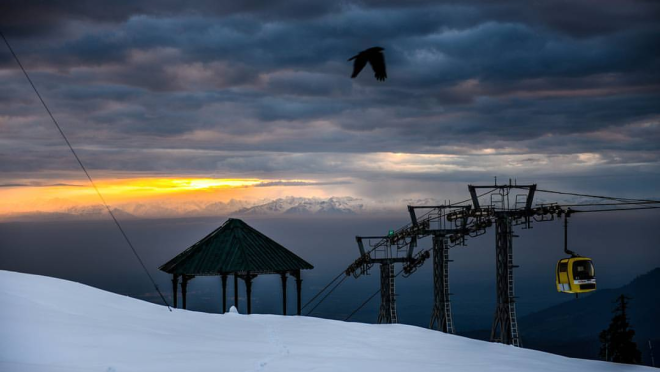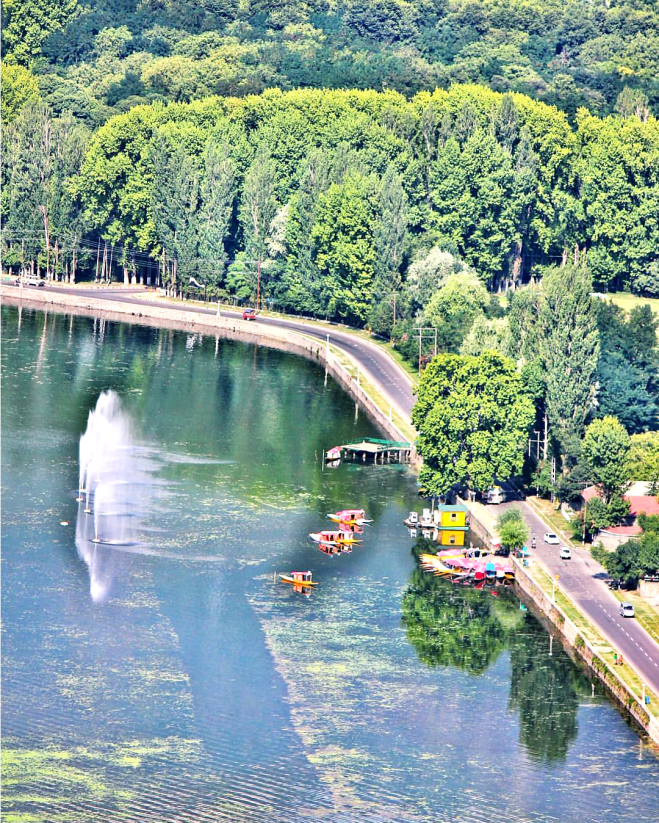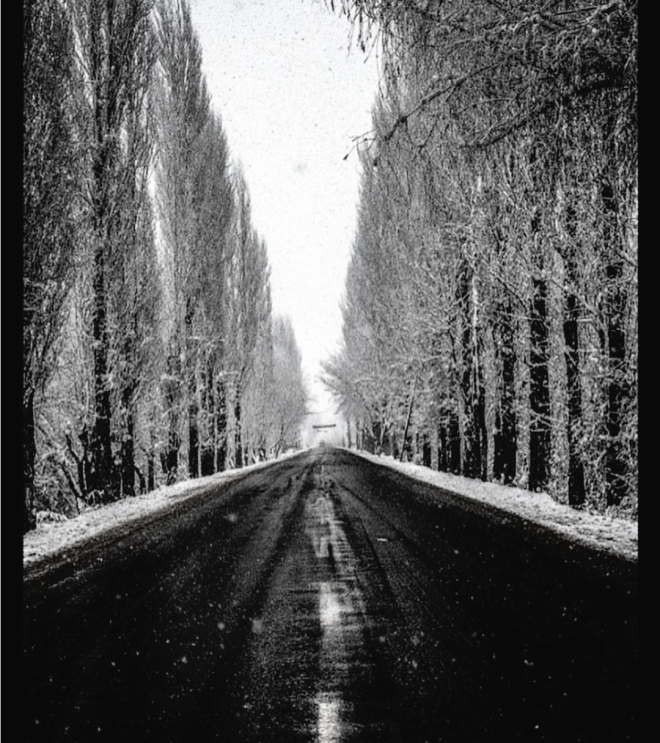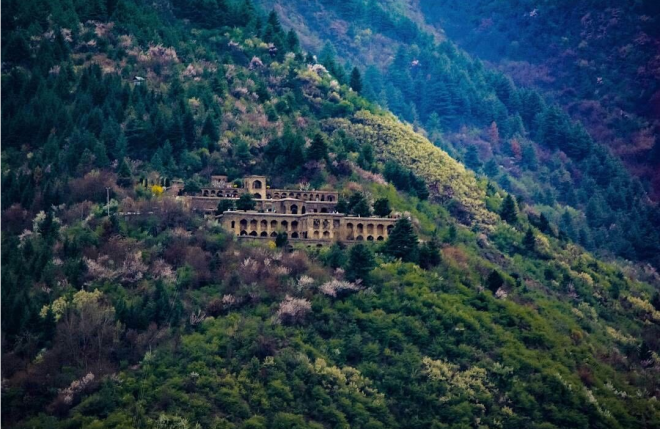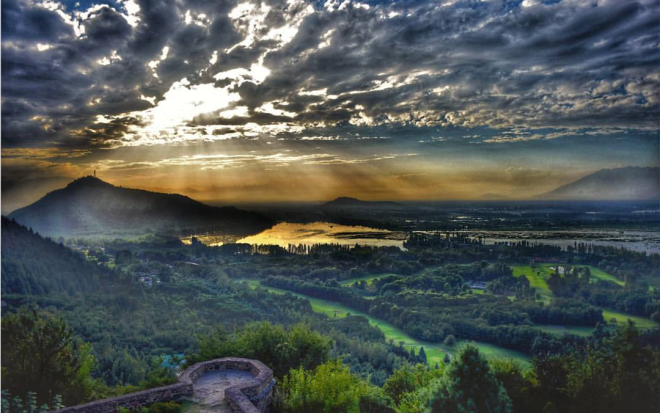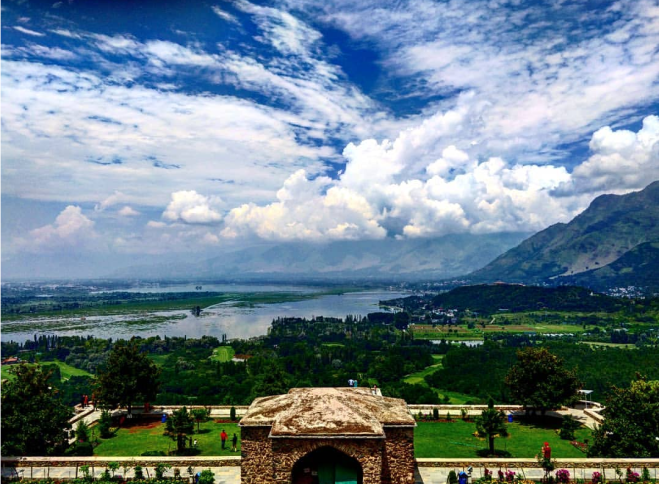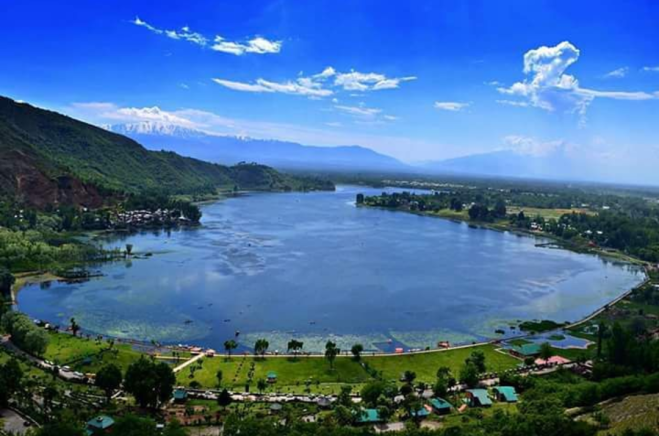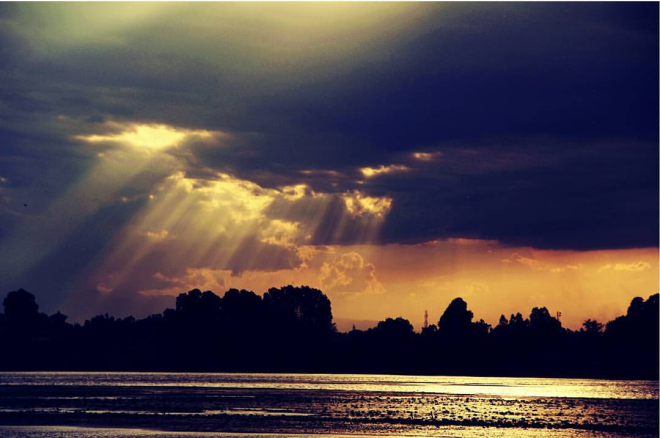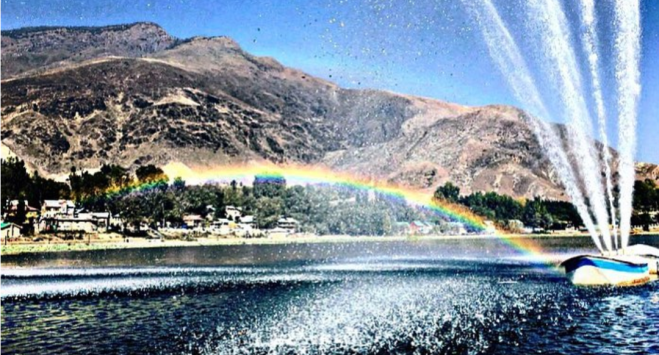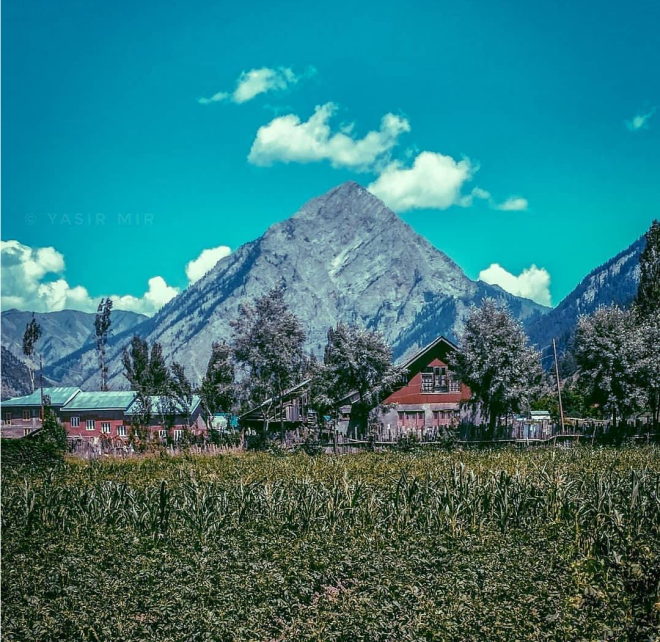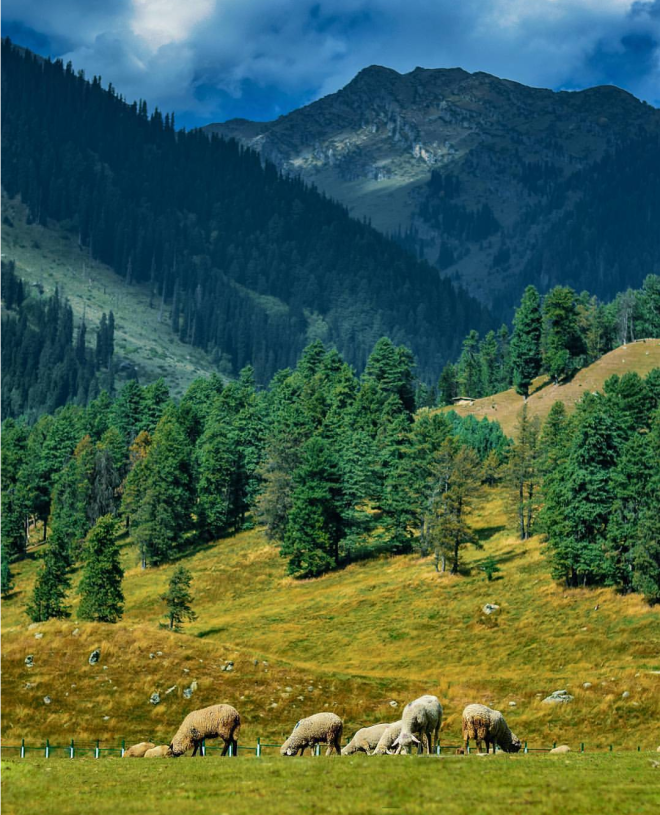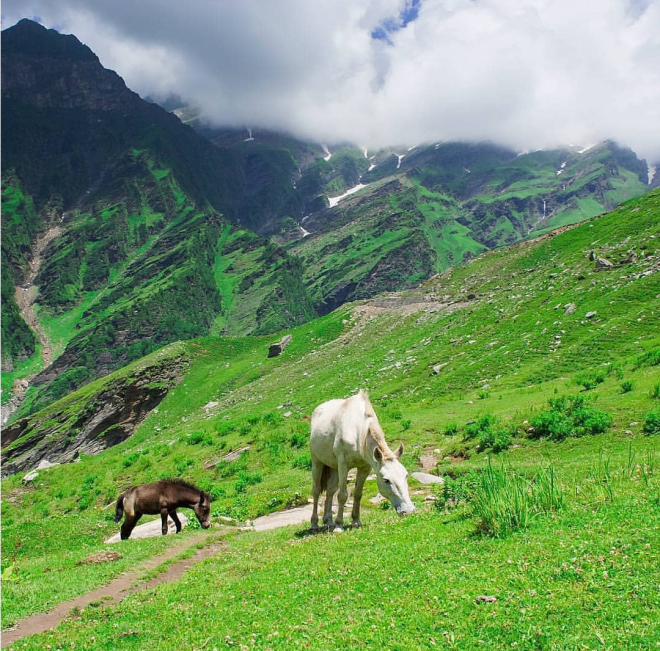
Betaab valley is situated at a distance of 15 kilometers from Pahalgam in Anantnag district in India’s northernmost state of Jammu and Kashmir. The valley got its name from the Sunny Deol-Amrita Singh hit debut film Betaab.[1] The Valley is towards northeast of Pahalgam and falls between Pahalgam and Chandanwadi and is en route Amarnath Temple Yatra. The valley surrounded by lush green meadows, snow clad mountains and covered with dense vegetation.
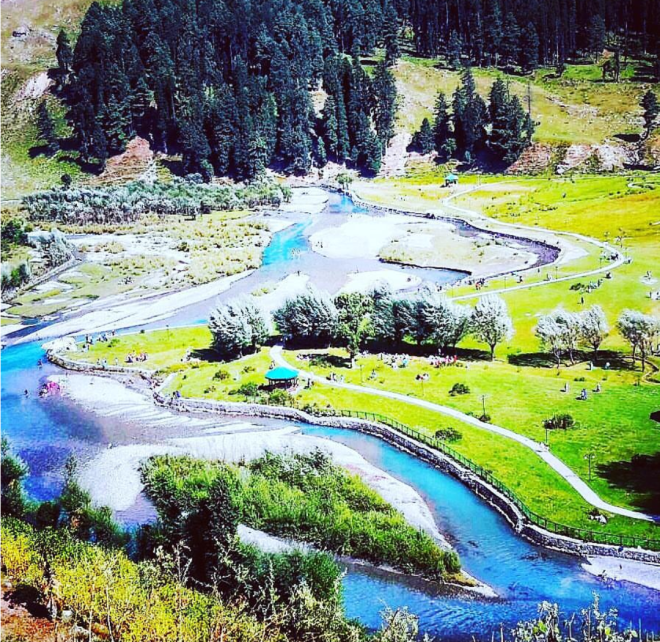
Earlier known as Hagan Valley or Hagoon, Betaab Valley got its present name after the blockbuster Bollywood movie ‘Betaab’ was shot there in 1983. A combination of picturesque surroundings, the valley falls on the way to Amarnath Temple Yatra and is one of the three angelic valleys of Pahalgam; the other two being Aru and Chandanwadi.

Encircled by mountains featuring deodar and pine forests, Betaab Valley is a perfect gateway to enjoy the heavenly pleasure of Mother Nature. The sights of colouring beds of flowers amid the lush walnut and willow vistas make the entire panorama quite stunning casting a spell of magic on this land of eternal beauty. The experience is even more heightened by the musical whispers of several birds. Being a precious jewel of Jammu and Kashmir tourism, Betaab Valley is among a handful of Pahalgam tourist places to visit that should not be missed. Situated at a walking distance from the main center of Pahalgam, the valley is also an excellent camping site for trekkers and explorers